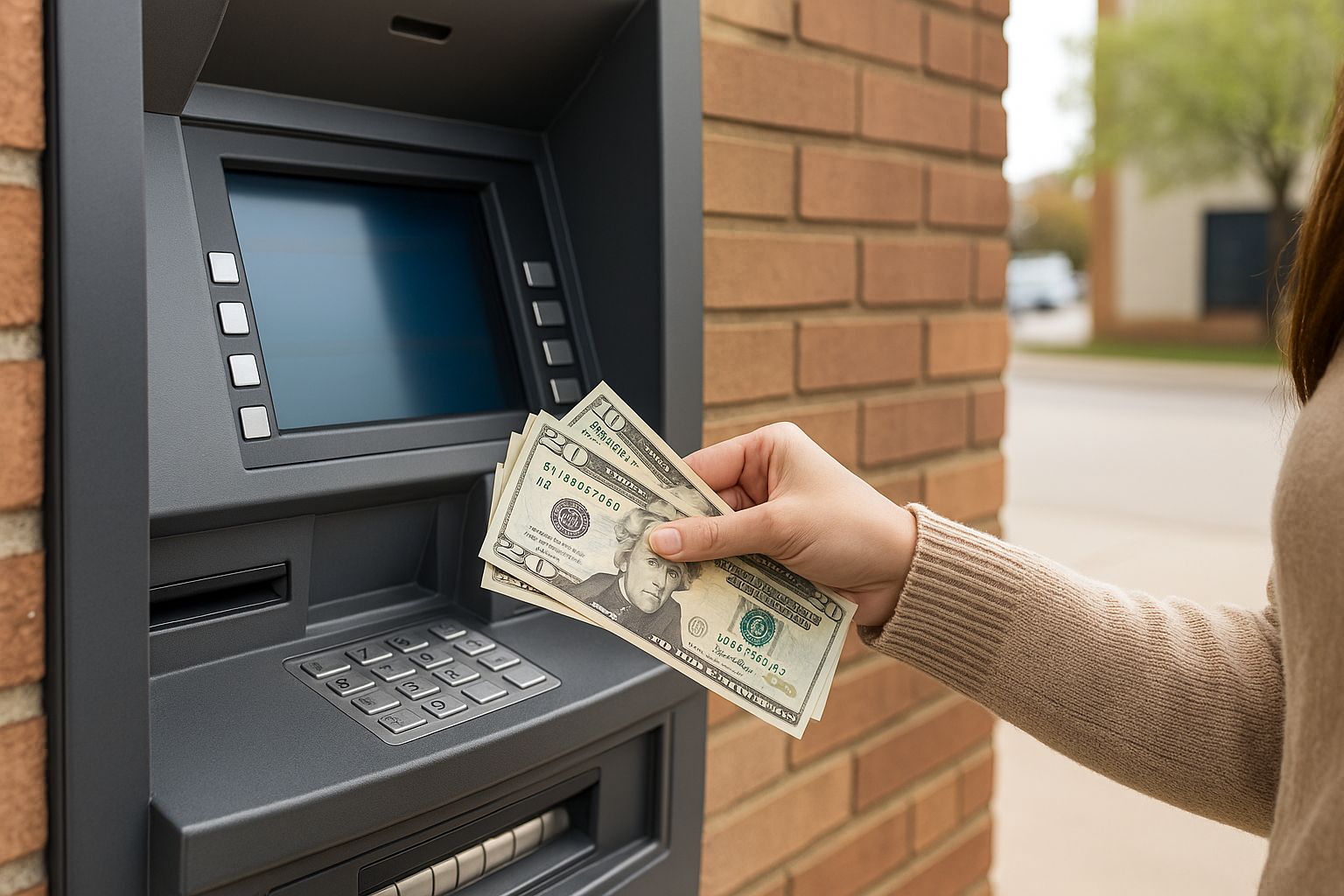Managing your money wisely doesn’t end with where you deposit your paycheck—it extends to how you access it. Between ATM surcharges, out-of-network fees, and overdraft penalties, cash access can quietly cost you hundreds of dollars a year if you’re not careful. Fortunately, with a little planning and the right financial tools, you can make every dollar go further.
1. Know Which ATMs Are Actually Free to Use
Many people assume every ATM charges a fee, but that’s not true. Banks often belong to larger surcharge-free networks such as Allpoint or MoneyPass, giving you thousands of free machines nationwide. Your bank’s mobile app usually lists eligible ATMs on an interactive map.
Credit unions and digital banks have been leaders in expanding fee-free access. For instance, customers of Eastwood Bank can find nearby partner ATMs with no surcharges and often enjoy higher withdrawal limits than traditional accounts. Choosing a network-friendly institution like this can reduce cash-access costs dramatically over time.
2. Use Mobile Banking Features to Stay in Control
Today’s banking apps allow you to track balances, freeze cards instantly, and even locate the nearest fee-free ATM. If you withdraw cash frequently, check your “ATM limits” setting—some banks let you adjust it directly in the app. Scheduling withdrawals ahead of time also helps you avoid impulse cash pulls that may trigger extra charges.
3. Combine Cash-Back and ATM Strategies
When you’re running errands, cash-back at checkout can be a quiet money saver. Grocery stores, pharmacies, and retailers like Walmart allow small cash withdrawals with no additional ATM fee. Combine this with a debit card linked to a low-fee account, and you can skip expensive standalone ATMs altogether.
4. Choose Banks That Reward Smart Cash Habits
Some banks actually reward customers for avoiding fees by reimbursing out-of-network ATM surcharges or offering monthly cash bonuses for maintaining direct deposit and low withdrawal activity. These programs quietly build loyalty while keeping your account costs minimal. Always read the account disclosures—often buried in the fine print—before opening a new checking account.
Financial institutions recognized by trusted resources like NerdWallet or Bankrate for their low-fee structures tend to maintain consumer-friendly policies. Pairing those with online tools from regional banks such as Eastwood Bank can create an efficient, low-cost financial routine.
5. Keep an Eye on Hidden Cash Access Fees
Even if an ATM appears “free,” transaction limits or balance-check fees can sneak in. Always confirm details in your account agreement and track patterns over time. A few small service charges every month can silently eat into your budget. Consider setting alerts for withdrawals or fee postings—most banks let you do this in minutes through their digital dashboard.
Final Thoughts
Controlling how you access cash is one of the easiest ways to strengthen your financial health. Look for banks that prioritize transparent fee structures, partner with large ATM networks, and offer mobile tools that empower you to make smart money moves. Over time, these simple habits add up to consistent savings and a better overall banking experience.
This article is part of our ongoing series on managing personal finances and avoiding unnecessary fees. For more insights, explore resources from Eastwood Bank and other trusted regional institutions.
